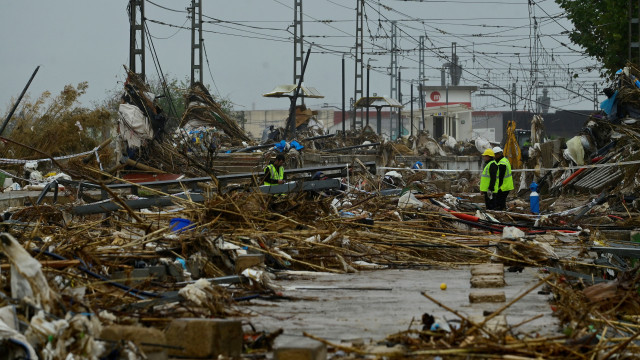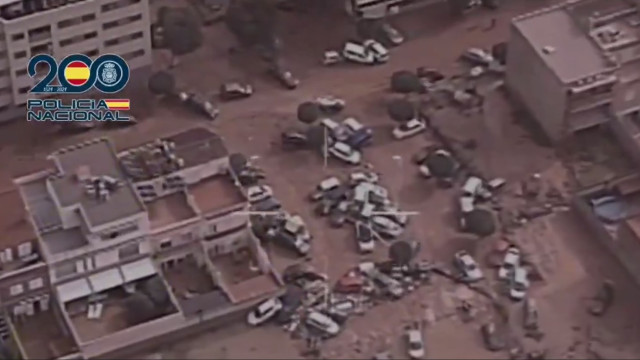The number of incidents recorded this Sunday due to storm Gabrielle has increased to 194, according to records from the National Emergency and Civil Protection Authority (ANEPC), covering the period from midnight to 10 a.m.
The majority of these incidents continue to occur in the Northern region, particularly in the Porto Metropolitan Area (AMP). Of the total incidents, 124 occurred in the region and 88 in the AMP.
This trend was already prevalent in the region, as initially reported by the ANEPC with updated data until 7 a.m.
The latest report indicates that the majority of the incidents are tree falls, with 64 occurrences of this nature.
This is followed by floods (60) and structure collapses (42), with other minor situations also recorded. However, there are still no reports of injuries due to the phenomenon and its consequences.
During the same period from midnight to 10 a.m., there have been 38 incidents reported, with Lisbon and the Tagus Valley recording 25, the Algarve four, and the Alentejo three.
What next? And where to?
According to Ângela Lourenço, a meteorologist from the Portuguese Institute for Sea and Atmosphere (IPMA), the phenomenon “should, around lunchtime, enter Spain” through the area of Castelo Branco and Portalegre.
“After entering Spain, during the afternoon, the wind will still blow with intensity and gusts, especially along the coastal strip,” the expert anticipated.
Meanwhile, on Sunday morning, the Spanish State Meteorological Agency (Aemet) also issued an alert for a “potentially dangerous situation” and called for “caution” due to the forecast of more than 30-40 liters per square meter of rain in an hour.

“Caution, there may be floods in low-lying areas and flash floods in river courses,” it warns.
Rainfall could “reach torrential intensity in parts of the Mediterranean area, especially in the Valencian Community,” it adds.
A new nightmare for Valencia?
Last year, in November, it was the Valencian Community that was heavily affected by floods following unprecedented rainfall in the area. The floods impacted Valencia and some neighboring regions, resulting in the deaths of at least 225 people.

The situation that developed in mid-November led to the creation of a crisis committee to monitor the effects of the storm, with the need for food distribution and periods without electricity and other services.




